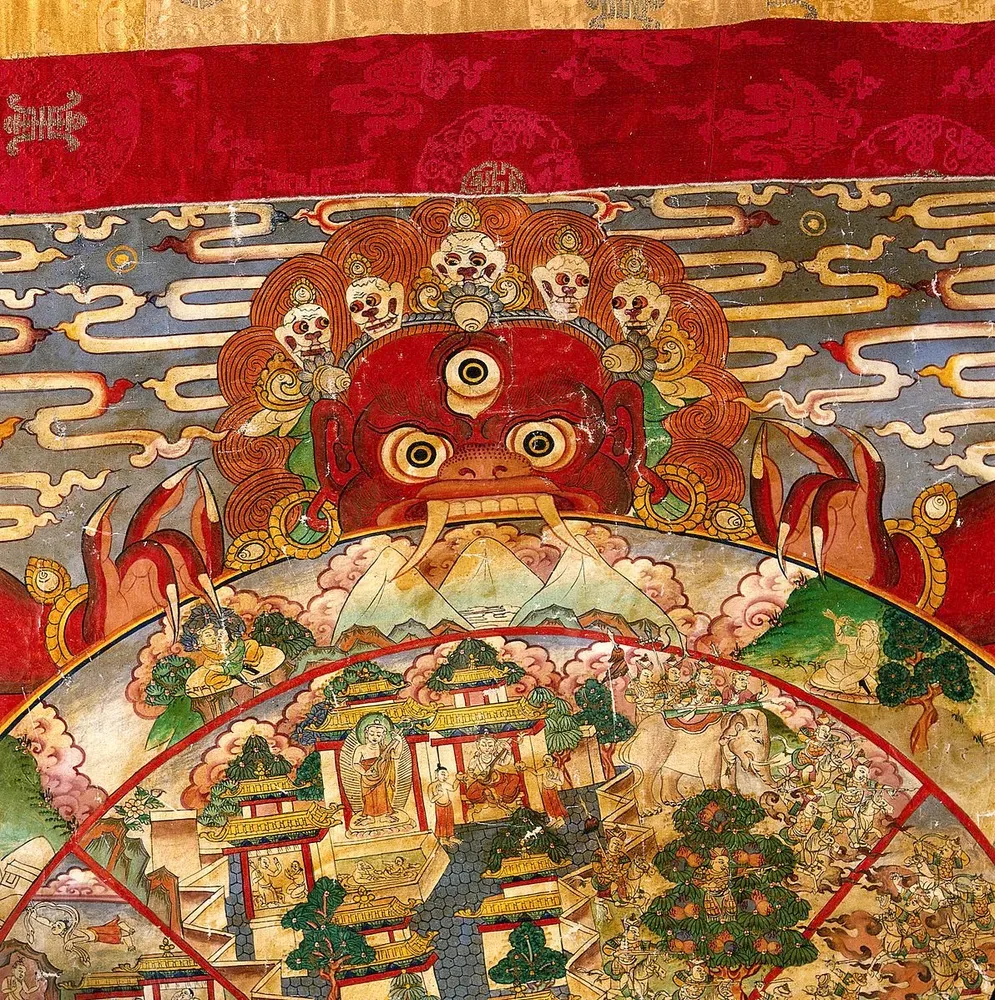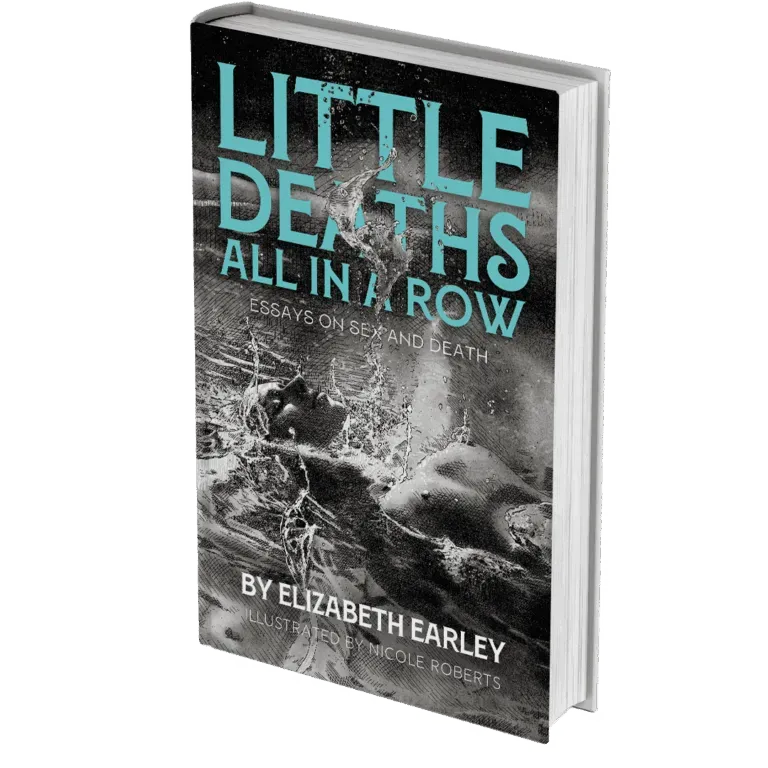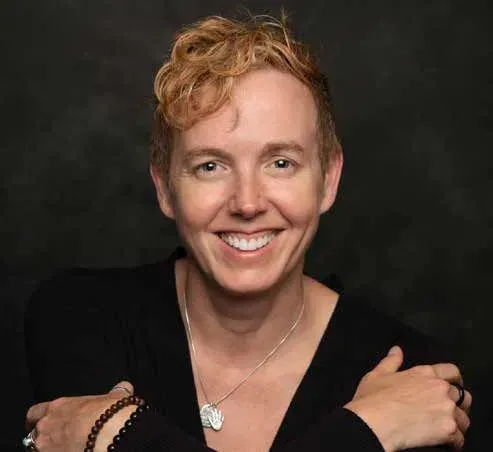Since the dawn of time, death has been regarded as the most taboo of topics, the root of many irrational fears. Humans often push the idea of death to the fringes of our minds, especially in Western cultures. However, for writer and clinical research scientist Elizabeth Earley, this topic contains multitudes as vast as the human experience. The more she studied the history and science of mortality, the more she found an underlying beauty, which inspired her latest work, Little Deaths All in a Row, a collection of prose diving deep into death.
"[Mortality has] always fascinated me, just on an intellectual level," Earley said to the SGN. "But then I had a brush with death of my own, and I was terrified."
Earley experienced a near-fatal motorcycle accident. She retained her consciousness after the collision but began to panic as she realized her body was dying. Though she survived the wreck, she didn't walk away with a newfound peace with mortality; in fact, she felt the opposite. "I did realize something important, which is that I do not want to panic the next time I meet death," she said.
Realizing death is the inevitable end for us all, Earley decided to face her fear. "I believe the best way to get over fearing something is just to get closer to it and more intimate with it, so that's what I did," she said. She began volunteering in a hospice program as a form of exposure therapy.
"It did not alleviate my fear of death," she admitted. "I still have a terrible fear of death. So much so that I can almost go into a panic attack just thinking about it, just the visceral acknowledgment of my own mortality."
"What [volunteering] did do was a lot of other surprising things, and I got so many gifts out of that experience," she added. "I didn't know that I had a fear of love, and this volunteering for hospice helped me overcome [that]."
Healthy coping
While hospice didn't help Earley banish her fear of death, she found that researching the topic and writing about her findings provided her with a healthy way to cope. "Immersing myself in the work of these essays was so necessary for processing all of this material," she said. "In fact, how did I manage my mental and emotional health without writing these essays? That's the question I would have."
The alleviation of Earley's fears did not come from her finding the answers to life's most pressing questions about death — instead, it came from her conclusion that one cannot find answers on such a topic. "The research I did raised more questions instead of giving me any answers," she said. "It made the whole idea just way more mysterious and unknowable. I think that's what makes it so frightening."
The more information she gathered, the more she realized that the bounds of the human condition limited her. "It's not possible to know. It's not fathomable from where I sit,” she said. “That's frustrating to me, because I like information. Information and knowledge make me feel calm. Research is my coping mechanism when I'm in emotional pain."

Spirituality
When met with scientific dead ends, Earley's research led her toward spirituality. Little Deaths All in a Row is a unique take on death, as Earley's prose combines both her in-depth scientific research and her exploration of different cultural understandings of the topic. Though some may argue that science and spirituality exist as diametrical opposites, Earley sees them coexisting on a spectrum. "Anything is possible, and I'm pretty open to what that is,” she said. “What happens to consciousness after we die? Where does it go? Does it stay?"
For the answers to these questions, Earley delved into spiritual and religious texts. She regarded The Tibetan Book of the Dead as "the most accurate hypothesis about what happens after we die," particularly for its concept of the Bardo (the transitional state between any two states of being). This dreamlike place combines angelic and demonic entities for our spirits to encounter. "It feels a little creepy and spooky, but otherwise normal," she said.
Throughout her research, Earley came to her own conclusions about death and the beyond. Though her strongest belief is that she will never honestly know, she hypothesizes a sort of reincarnation similar to the journey the Buddhists believe the soul takes after its time in the Bardo. "Energy can't be created or destroyed. It just changes form. Our bodies are created and destroyed, but the energy that animates our bodies isn't," she said. "So what I believe — what I think, what I hope — happens after we die… and there is some scientific proof for this, is that we experience a tremendous amount of pleasure."
In Earley's essay "Bright Brain," she synthesizes the research she's done into the physical sensations of death and hypothesizes that it may feel like an intense orgasm. According to scans of human brains, intense orgasms — the kind only experienced by people with vulvas — cause the entire brain to light up. This same phenomenon happens to the human brain as it dies. "This bright-brain phenomenon makes me think that it has to do with an ecstatic state, a very pleasurable state we are delivered through into whatever is next, and that is exciting to me,” she said. “I can't wait to experience that part."

Hope
The final part of Earley's theory reflects the final tone of Little Deaths: a sense of hope. At the beginning of her journey, Earley discovered that her fear of mortality was extrinsically linked to a fear of love. At the root of it, the very human aversion to death is a fear less of pain or the unknown beyond but that whatever happens next will sever the ties we hold with those we love the most. The allure of faith for so many is the promise that those we love in life will be reunited with us once again in death. Despite a lack of scientific evidence on this aspect of death, Earley clings to a sliver of hope that love can outlast death.
"I hope that we do go on as a consciousness, as an entity of self, where the connections that we have with other energies and entities, we can keep and reunite with them on the other side. That's what I hope," she said.
Little Deaths All in a Row is a fascinating read that provides audiences with fresh perspectives on a frightening topic. Earley hopes readers can find "inspiration to go closer to what scares you and to sit with the pain and to work with the pain instead of running from it."
Despite the nature of her topic, Earley's book emphasizes hope and encourages readers to embrace joy in life, just as she does. "I'm prone to worry, I'm prone to anxiety, I'm prone to fear. But that is no way to live. I have, for all I know, this one life — definitely only this one life as me, Elizabeth Earley, as this body, as this incarnation. So I don't want to waste that by being pessimistic, afraid, negative, and miserable. I would rather look at the whole broken, beautiful world and everything that it contains and find the hope and joy and spread that."
Support the Seattle Gay News: Celebrate 51 Years with Us!
As the third-oldest LGBTQIA+ newspaper in the United States, the Seattle Gay News (SGN) has been a vital independent source of news and entertainment for Seattle and the Pacific Northwest since 1974.
As we celebrate our 51st year, we need your support to continue our mission.
A monthly contribution will ensure that SGN remains a beacon of truth and a virtual gathering place for community dialogue.
Help us keep printing and providing a platform for LGBTQIA+ voices.
How you can donate!
Using this link: givebutter.com/6lZnDB
Text “SGN” to 53-555
Or Scan the QR code below!



